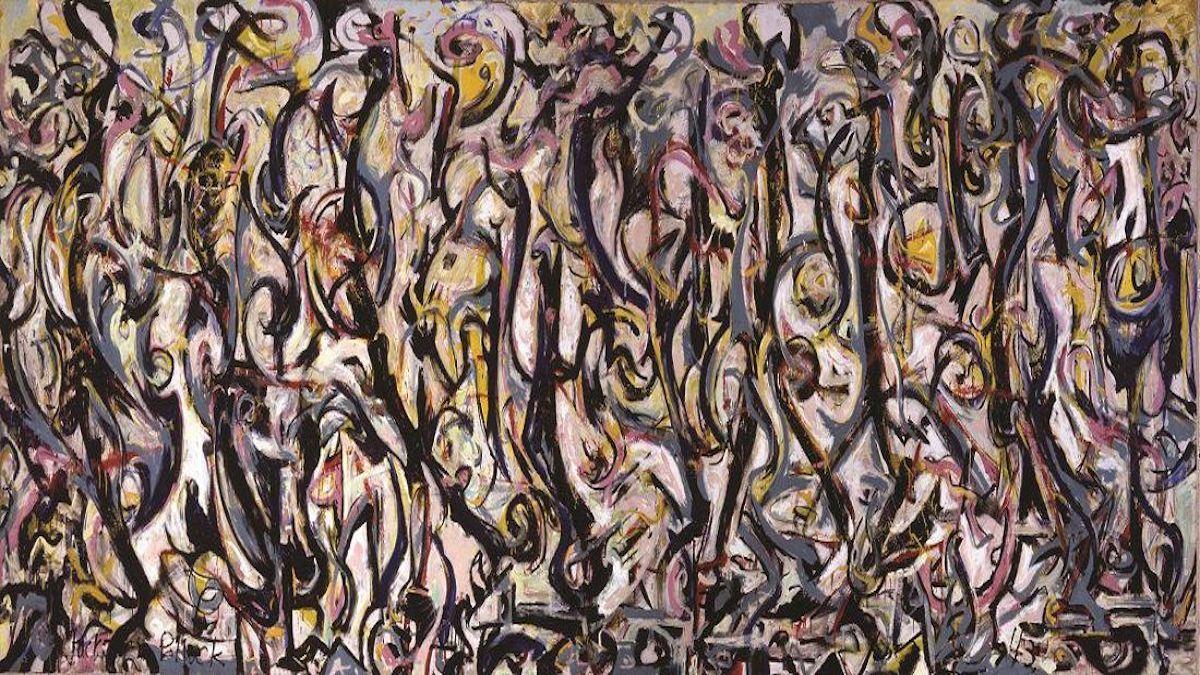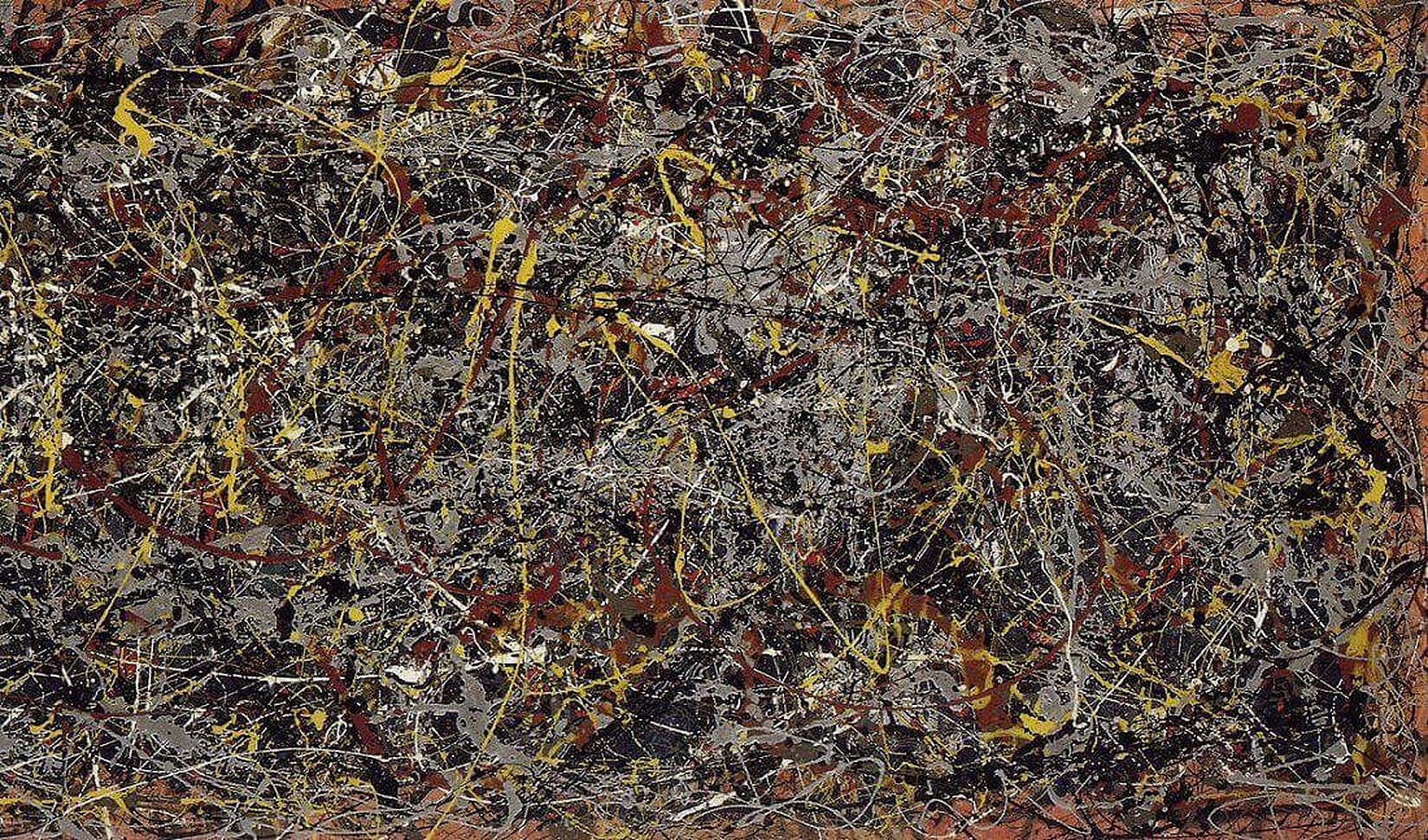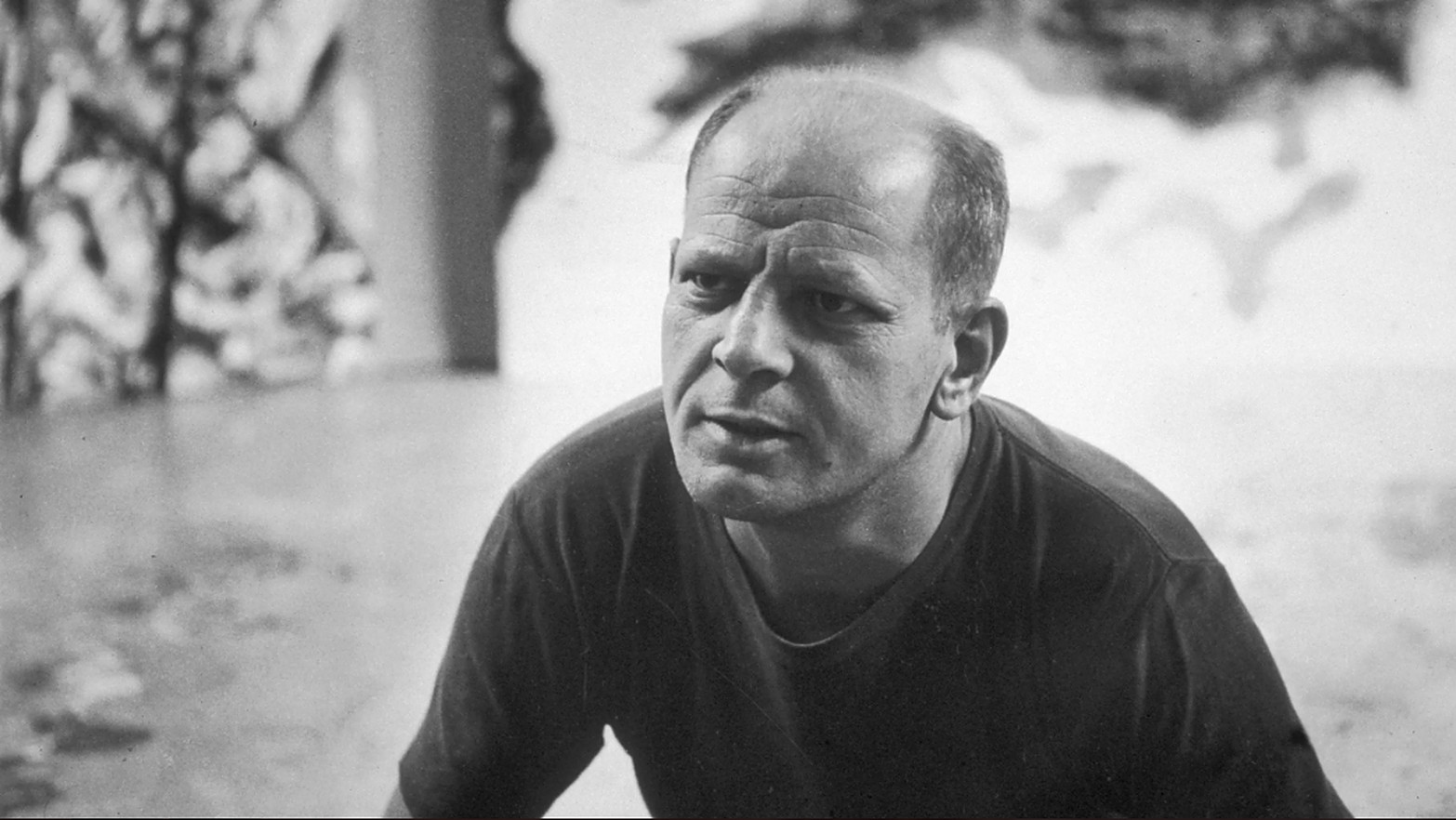
Jackson Pollock was an influential American painter and a leading figure in the abstract expressionist movement. Known for his unique style of drip painting, Pollock’s works continue to inspire and provoke discussions in the art world. In this article, we will explore 20 fascinating facts about Jackson Pollock, shedding light on his life, art, and enduring legacy.
Early Life and Education
Jackson Pollock was born on January 28, 1912, in Cody, Wyoming. He grew up in Arizona and California, where he developed a passion for Native American art. Pollock attended the Manual Arts High School in Los Angeles and later studied at the Art Students League in New York, where he was influenced by the works of Mexican muralists.
Revolutionary Painting Technique
Pollock’s groundbreaking painting technique involved pouring and dripping paint onto canvases laid on the floor. He used various tools like sticks, brushes, and even his bare hands to create intricate patterns of lines and splatters. This innovative approach to painting earned him the nickname “Jack the Dripper.
Abstract Expressionism
Pollock’s work played a pivotal role in the emergence of the abstract expressionist movement. Abstract expressionism emphasized spontaneous, non-representational art that expressed the artist’s emotions and inner experiences. Pollock’s paintings became synonymous with this movement, pushing the boundaries of traditional art forms.

The Influence of Surrealism
Before developing his signature style, Pollock was influenced by surrealism. He explored automatism, a technique where the artist allows their subconscious mind to dictate the creative process. This influence can be seen in his earlier works, which combine surreal elements with abstract forms.
Pollock and Lee Krasner
Pollock met fellow artist Lee Krasner in 1942, and they eventually married in 1945. Krasner played a crucial role in Pollock’s career, supporting and promoting his work. As an artist herself, Krasner had a deep understanding of Pollock’s artistic vision and provided invaluable guidance and inspiration.
The Role of Music
Music had a profound impact on Pollock’s artistic process. He often listened to jazz and classical music while painting, allowing the rhythms and melodies to influence his movements and brushstrokes. Pollock believed that music helped him tap into a deeper level of creativity and spontaneity.
“Mural” and Pollock’s Breakthrough
In 1943, Pollock was commissioned to create a mural for Peggy Guggenheim’s New York City townhouse. This marked a turning point in his career and led to the development of his iconic style. “Mural” showcased Pollock’s energy and dynamic technique, solidifying his reputation as an avant-garde artist.
Drip Technique Evolution
Pollock’s drip technique underwent several transformations throughout his career. In the early stages, he used controlled drips and poured paint directly from cans. However, as his style evolved, he started to experiment with more spontaneous and gestural movements, letting go of conscious control and embracing chaos.
“No. 5, 1948” and Record-Breaking Sale
One of Pollock’s most famous works, “No. 5, 1948,” became the world’s most expensive painting when it was sold for a staggering $140 million in 2006. This abstract masterpiece showcases Pollock’s signature style and continues to captivate audiences with its intricate web of drips and splatters.

Controversy and Criticism
Pollock’s art sparked both admiration and controversy. Some praised his innovative approach and saw his work as groundbreaking, while others dismissed it as mere random splatters lacking skill or technique. Pollock’s disregard for traditional forms challenged the established norms of the art world, leading to intense debates.
Pollock and Nature
Pollock had a deep connection with nature, which often served as a source of inspiration for his art. He would sometimes paint outdoors, immersing himself in the natural environment and letting its energy influence his creative process. His paintings reflect the organic patterns and rhythms found in the natural world.
The Influence of Jungian Psychology
Pollock was interested in the ideas of Carl Jung, a renowned Swiss psychiatrist and psychoanalyst. Jungian concepts such as the collective unconscious and archetypes influenced Pollock’s belief in the power of the subconscious mind and the expression of deeper emotions through art.
The Role of Alcoholism
Throughout his life, Pollock struggled with alcoholism, which had a significant impact on his personal and professional life. While some argue that alcohol-fueled his creativity, others believe it hindered his artistic development and contributed to the deterioration of his mental and physical health.
The Importance of Titles
Pollock’s paintings often have enigmatic titles that provide additional layers of meaning to his abstract works. The titles, such as “One: Number 31, 1950” or “Autumn Rhythm (Number 30),” invite viewers to interpret and engage with the artwork, blurring the line between the visual and the linguistic.
Pollock’s Legacy and Influence
Jackson Pollock’s impact on the art world cannot be overstated. His revolutionary technique and experimental approach to painting opened doors for future generations of artists. Pollock’s influence can be seen in the works of contemporary artists and continues to inspire new forms of artistic expression.

The Tragic End
Sadly, Pollock’s life was cut short by a tragic accident. On August 11, 1956, at the age of 44, he died in a car crash while driving under the influence of alcohol. His untimely death marked the end of an era and left a void in the art world.
The Pollock-Krasner Foundation
In honor of Jackson Pollock and Lee Krasner, the Pollock-Krasner Foundation was established in 1985. The foundation provides grants and support to artists in need, continuing the couple’s legacy of nurturing and promoting creativity.
Pollock’s Contribution to Art Conservation
Pollock’s unorthodox painting techniques posed unique challenges for art conservators. His use of unconventional materials and his deliberate neglect of protective varnishes make the preservation of his works a complex task. Conservation efforts continue to ensure the longevity of his art for future generations.
Pollock’s International Recognition
Pollock’s influence extended beyond the borders of the United States. His work was exhibited internationally, introducing his radical artistic vision to audiences around the world. Today, his paintings can be found in prestigious museums and private collections globally.
Celebrating Pollock’s Artistic Legacy
Every year, art enthusiasts and scholars commemorate Pollock’s birthday on January 28th, celebrating his contributions to modern art. This day serves as a reminder of his fearless experimentation, his passion for artistic expression, and his enduring impact on the art world.
Conclusion
Jackson Pollock’s life and art continue to intrigue and inspire art lovers and scholars alike. His innovative drip technique, rebellious spirit, and relentless pursuit of artistic expression have solidified his place in the annals of art history. Through his unique approach, Pollock challenged the traditional notions of art and opened new doors for future generations of artists.
Frequently Asked Questions (FAQs)
What is Jackson Pollock best known for?
Jackson Pollock is best known for his innovative drip painting technique, which involved pouring and dripping paint onto canvases laid on the floor.
How much did “No. 5, 1948” sell for?
“No. 5, 1948” sold for a record-breaking $140 million in 2006, making it the most expensive painting in the world at the time.
What influenced Jackson Pollock’s artistic style?
Pollock was influenced by surrealism, Native American art, and the ideas of Carl Jung. Music, particularly jazz and classical, also played a significant role in shaping his artistic process.
What is the Pollock-Krasner Foundation?
The Pollock-Krasner Foundation, established in 1985, provides grants and support to artists in need, continuing the legacy of Jackson Pollock and Lee Krasner.
How did Jackson Pollock die?
Jackson Pollock died in a car crash on August 11, 1956, at the age of 44. The accident occurred while he was driving under the influence of alcohol.
Was this page helpful?
Our commitment to delivering trustworthy and engaging content is at the heart of what we do. Each fact on our site is contributed by real users like you, bringing a wealth of diverse insights and information. To ensure the highest standards of accuracy and reliability, our dedicated editors meticulously review each submission. This process guarantees that the facts we share are not only fascinating but also credible. Trust in our commitment to quality and authenticity as you explore and learn with us.
